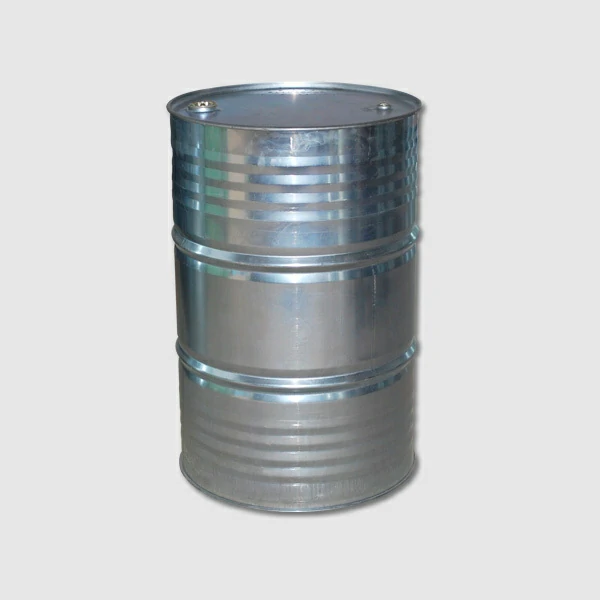There are several alternative catalysts or reagents that can be used in place of DBN in certain reactions. The choice of alternative catalysts depends on the specific reaction and desired outcomes.
Here are a few examples:
DMAP (4-(Dimethylamino)pyridine): DMAP is a commonly used catalyst in organic synthesis, particularly in acylation reactions. It is often used as a substitute for DBN in reactions where DBN is typically employed.
DABCO (1,4-Diazabicyclo[2.2.2]octane): DABCO is another popular catalyst that can be used as an alternative to DBN in various organic transformations. It is often employed in base-catalyzed reactions and as a nucleophilic catalyst.
TEA (Triethylamine): TEA is a tertiary amine that can be utilized as a catalyst or base in numerous organic reactions. It can serve as an alternative to DBN in certain basic or nucleophilic catalytic processes.
Pyridine: Pyridine is a widely used reagent and catalyst in organic chemistry. It shares some similarities with DBN and can be employed as an alternative in certain reactions, although its reactivity and selectivity may differ.
TBD (1,5,7-Triazabicyclo[4.4.0]dec-5-ene): TBD is a bicyclic amine that exhibits similar properties to DBN and can be used as an alternative catalyst in various reactions where DBN is typically employed.
It’s important to note that the choice of alternative catalysts depends on factors such as reaction conditions, substrate compatibility, desired selectivity, and the specific goals of the synthesis. Conducting a literature search or consulting with experts in the field can provide more insights into suitable alternatives for specific reactions.
Are there any safety considerations or precautions when working with DBN?
Yes, there are safety considerations and precautions to keep in mind when working with 1,5-diazabicyclo[4.3.0]non-5-ene (DBN). Here are some important points to consider:
Handling: DBN should be handled with care to avoid direct contact with the skin, eyes, and mucous membranes. It is advisable to wear appropriate personal protective equipment (PPE) such as gloves, safety goggles, and a lab coat when working with DBN.
Inhalation and Vapor Exposure: DBN can release vapors that may irritate the respiratory system. It is recommended to work with DBN in a well-ventilated area, such as a fume hood, to minimize exposure to vapors. If working with DBN in a closed system, ensure proper ventilation or use respiratory protection as necessary.
Storage: DBN should be stored in a cool, China 1,5-Diazabicyclo[4,3,0]Non-5-Ene (DBN) manufacturer dry place away from direct sunlight, heat, and incompatible substances. Follow the storage guidelines provided by the supplier or manufacturer.
Chemical Incompatibilities: DBN may react with certain substances, such as strong oxidizing agents or acids. It is essential to handle and store DBN away from incompatible chemicals to prevent potential hazardous reactions.
Fire and Explosion Hazards: While DBN is not highly flammable, it should be kept away from open flames and other ignition sources. Use caution when handling DBN near heat or in the presence of flammable materials.
Spills and Cleanup: In the event of a spill, contain the material and clean it up promptly using appropriate absorbent materials. Dispose of the waste in accordance with local regulations and guidelines.
First Aid: In case of accidental exposure or ingestion, seek medical attention immediately and provide the medical professional with all relevant information about the substance.
It is crucial to refer to the specific safety data sheet (SDS) provided by the manufacturer or supplier of DBN for detailed safety information, handling instructions, and emergency procedures. Following good laboratory practices and adhering to local safety regulations are essential when working with any chemical, including DBN.
